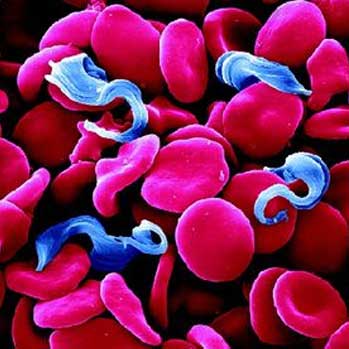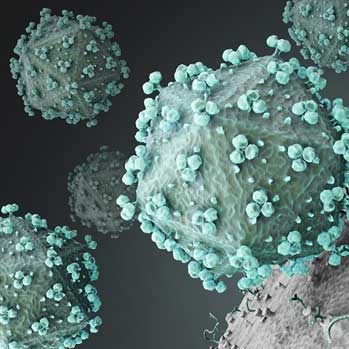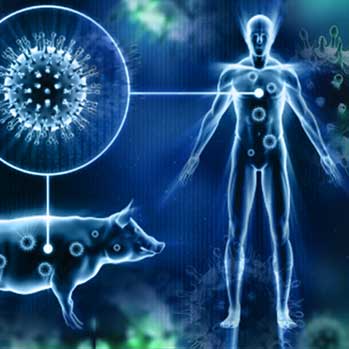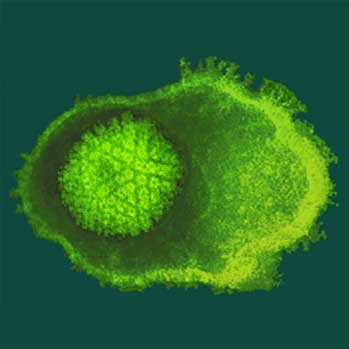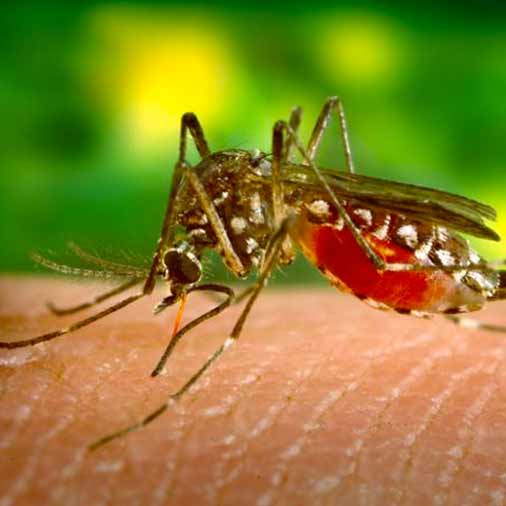More than 66 million women, men and children in 36 countries of sub-Saharan Africa suffer from human African trypanosomiasis (HAT). There are two forms of African sleeping sickness, caused by two different parasites:
- Trypanosoma brucei gambiense , which causes a chronic infection lasting years and affecting countries of western and central Africa
- Trypanosoma brucei rhodesiense , which causes acute illness lasting several weeks in countries of eastern and southern Africa
When untreated, trypanosomiasis gives no respite from suffering and ultimately ends in death.
The parasite that causes sleeping sickness is called the trypanosome. It is transmitted to humans through the bite of a tsetse fly; of the genusGlossina.
Human trypanosomiasis is therefore a vector-borne parasitic disease. The vector is found only in Africa, between the fifteenth parallels north and south. Its favoured habitat is the vegetation along watercourses and lakes, forest edges and gallery forests, extending to vast areas of scrub savanna.
